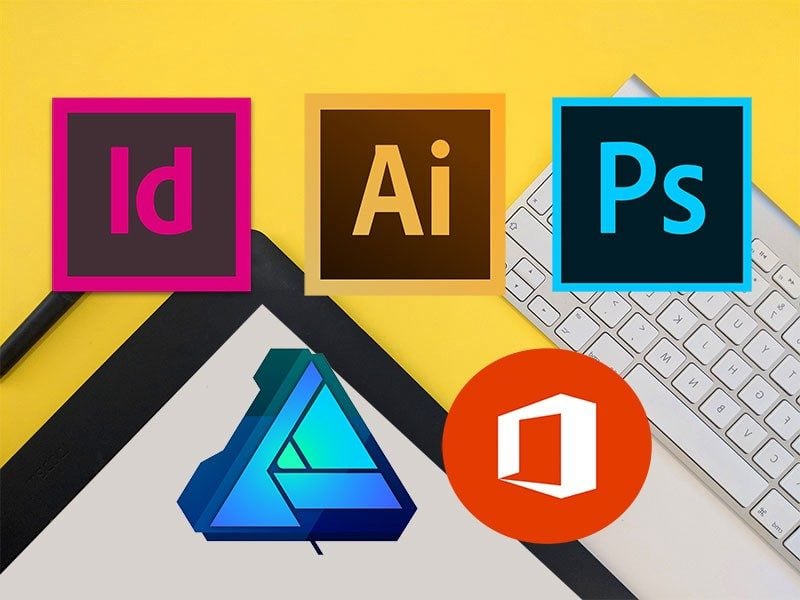Index Surge: Amplifying Your Insights
Stay updated with the latest trends and news across various industries.
Design Your Dreams: Choosing the Right Software for Your Creative Vision
Unlock your creative potential! Discover how to choose the perfect software to bring your design dreams to life.
Top 5 Software Tools for Bringing Your Creative Vision to Life
Bringing your creative vision to life can be an exhilarating journey, especially when equipped with the right tools. Whether you're a seasoned professional or just starting out, having the proper software can dramatically enhance your productivity and creativity. In this article, we’ll explore the Top 5 Software Tools that are essential for transforming your ideas into stunning visuals and impactful creations.
- Adobe Creative Cloud: A powerhouse for creatives, Adobe Creative Cloud offers a suite of applications including Photoshop, Illustrator, and Premiere Pro. These tools provide comprehensive options for graphic design, video editing, and more, making it a go-to for many professional creatives.
- Canva: Ideal for beginners and non-designers, Canva allows users to easily create stunning graphics with its user-friendly interface and vast library of templates. Canva is perfect for anyone looking to quickly bring their ideas to life.
- Final Cut Pro: For those focused on video editing, Final Cut Pro is a robust tool that offers powerful features tailored for Mac users. Its intuitive interface and speed make it a favorite among filmmakers and video editors.
- Procreate: This digital painting app is designed for artists using iPads. It's perfect for sketching, drawing, and painting, enabling artists to unleash their creativity on a digital canvas.
- Figma: Figma is revolutionizing design collaboration. It’s particularly useful for UI/UX designers, allowing teams to work together in real-time and streamline the design process.

How to Choose the Right Design Software for Your Unique Projects
Choosing the right design software for your unique projects can feel overwhelming, given the plethora of options available. Start by evaluating your specific needs—are you focusing on graphic design, 3D modeling, or perhaps user interface design? Each category has specialized tools that cater to different types of design work. For instance, graphic designers may prefer software like Adobe Illustrator for vector graphics, while 3D artists might lean towards Blender or Autodesk Maya. By identifying your primary focus and the features that are essential for your work, you can narrow down your choices significantly.
Another crucial factor to consider is your skill level. If you are a beginner, you might want to explore design software that offers user-friendly interfaces and abundant tutorials, such as Canva or Sketch. Conversely, seasoned professionals might seek out more complex programs that provide advanced functionalities. Additionally, assess whether you need collaboration features, cloud storage, or integration with other tools, as these elements can enhance your workflow and overall efficiency. By taking these steps, you can confidently choose software that aligns with both your skill set and project requirements.
Key Features to Look for in Creative Software: A Comprehensive Guide
When selecting creative software, it is crucial to identify the key features that will enhance your productivity and inspire your creativity. First and foremost, consider the user interface. A clean, intuitive interface allows for seamless navigation and enables users to focus on their work without unnecessary distractions. Additionally, ensure that the software supports various file formats, offering flexibility for importing and exporting your projects. Other essential features include advanced editing tools, collaboration options for teamwork, and regular updates that introduce new functionalities to keep your software competitive.
Another significant aspect to examine is customer support. Responsive support can save you time and frustration when encountering technical issues. Before committing to a particular software, check for comprehensive tutorials, community forums, and direct assistance. Moreover, consider the compatibility with other tools and platforms you regularly use; seamless integration can enhance your workflow considerably. Lastly, take into account the pricing model—whether it's a one-time purchase or a subscription-based service—to ensure it aligns with your budget and needs for ongoing usage.